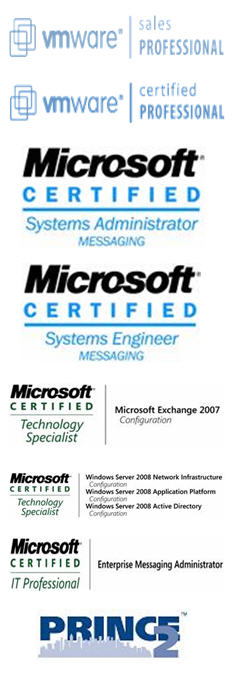Below I’ve tried to create a short, clearly visible overview of the different kinds of IPv6 addresses and how they are put together.
1. Unicast addresses
Unicast addresses identify a single interface within the scope of a particular type of unicast address.. The following are the different types of unicast addresses.
a) Global addresses
Global addresses are easily recognisable as they are always identified by a Format Prefix (FP) of 001. Since we are still in the design and implementation face I’m sure it doesn’t surprise you to know that naming can still change. Before these addresses were called aggregateable global unicast addresses, but this has been changed to Global Unicast Addresses.
These global addresses are globally routable and reachable of the IPv6 Internet. The scope of these addresses is therefore the entire IPv6 internet.
The structure of a Global Unicast Address allocated by IANA, looks like this. As you can see below, the fields create a three level structure.
If we look deeper into the address, the actual structure of the IPv6 global address can be seen.
TLA ID: Top Level Aggregation ID. It identifies the highest level in the routing hierarchy.
RES: Reserved space for future expansion
NLA ID: Next Level Aggregation ID. It identifies a specific customer site
SLA ID: Site Level Aggregation ID. This is used by an individual organization to identify subents withing their site.
Interface ID: Identifies a specific node of the subnet
b) Site-local addresses
Unlike global addresses, local addresses can be reused (think of the current private ranges). To specify which link on which the destination is located, an additional identifier is needed, the zone identifier (ID), specified as follows: address%zone_ID.
Example: IP Address. . . . . . . . . . : fe80::204:5aff:fe56:f5b%4
Site-local addresses can only be used locally. They are always identified by the FP 1111 1110 11. These addresses are used to communicate between nodes in the same site. The zone ID is the site ID.
The 38 bits that are set to 0 after the first 10 bits are now usuable for subnetting.
c) Link-local addresses
Link-local addresses can only be used locally. They are always identified by the FP 1111 1110 10. These addresses are used to communicate between nodes on the same link. The same 38 bit rule applies here as well. The zone ID is typically the interface index of the interface.
d) Unspecified address
Used only to indicate the adsence of an address, and cannot be assigned to a node. The unspecified address is 0:0:0:0:0:0:0:0 or :: which is the equivalent of 0.0.0.0
e) Loopback address
Used to identify the loopback interface, so a node can send packets to itself. The address is 0:0:0:0:0:0:0:1 or ::1 which is the equivalent of 127.0.0.1
2. Types of Transition IPv6 Addresses
To help you transition from IPv4 to IPv6 and to facilitate the coexistence of both types of hosts, IPv6 defines the following transition IPv6addresses.
a) IPv4-compatible addresses
IPv4-compatible addresses are used by IPv6/IPv4 nodes that communicate with IPv6 over an IPv4 infrastructure. IPv6/IPv4 nodes are nodes that run both the IPv4 and IPv6 protocols. The format for an IPv4-compatible address is 0:0:0:0:0:0:w.x.y.z or ::w.x.y.z (where w.x.y.z is the dotted-decimal representation of a public IPv4 address). The IPv6 protocol for Windows XP and Windows Server 2003 provides support for IPv4-compatible addresses, but support is not enabled by default.
b) IPv4-mapped addresses
IPv4-mapped addresses are used to represent an IPv4-only node to an IPv6 node. The IPv4-mapped address is never used as a source or destination address for an IPv6 packet. It is used only for internal representation. The format for an IPv4-mapped address is 0:0:0:0:0:FFFF:w.x.y.z or ::FFFF:w.x.y.z. The IPv6 protocol for Windows XP and Windows Server 2003 does not support IPv4-mapped addresses.
c) 6to4 addresses
6to4 addresses are used for communicating between two nodes that are running both IPv4 and IPv6 over the Internet. The 6to4 address is formed by combining the prefix 2002::/16 with the 32 bits of the public IPv4 address of the node or the site of the node, thus forming a 48-bit prefix. For example, for the IPv4 address of 131.107.0.1, the 6to4 address prefix is 2002:836B:1::/48 (where 836B:1 is the colon hexadecimal notation for 131.107.0.1). Support for 6to4 addresses is provided by the IPv6 Helper service (known as the 6to4 service) that is included with the IPv6 protocol for Windows XP and Windows Server 2003.
Source: Technet article


